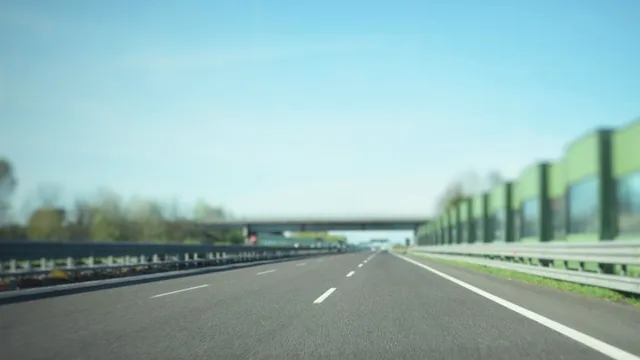- By Deeksha Gour
- Sun, 05 Oct 2025 04:16 PM (IST)
- Source:JND
Delhi-Mumbai Expressway: The much-awaited Delhi-Mumbai Expressway, one of India’s largest infrastructure projects, is expected to open by March 2026. South Delhi MP Ramvir Singh Bidhuri announced that the six-lane stretch connecting Delhi’s DND Flyway to Mumbai’s Sarai Kale Khan is in its final phase of construction and will soon be ready for use.
The Times of India report cited Bidhuri as stating that, “Prime Minister Narendra Modi will inaugurate this expressway once it is complete. The highway will connect Mumbai directly through South Delhi.”
Faster Travel Between Delhi And Mumbai
The new expressway is designed to drastically reduce the travel time between Delhi and Mumbai. Once operational, commuters will be able to cover the distance between the two major cities in about 12 hours, nearly half the time it currently takes by road.
This high-speed corridor is expected to transform intercity travel with advanced design features focused on speed, safety, and sustainability.
Delhi- Mumbai Expressway: India’s Longest Expressway
Stretching across 1,380 kilometres, the Delhi-Mumbai Expressway will become the longest expressway in India. It will pass through six states, Delhi, Haryana, Rajasthan, Madhya Pradesh, Gujarat, and Maharashtra, connecting some of the country’s most economically significant cities.
The route will include Jaipur, Kota, Udaipur, Bhopal, Indore, Ahmedabad and Surat, linking key industrial hubs and promoting regional development. Officials believe this corridor will reduce logistics costs, encourage trade, and accelerate economic activity along its path.
ALSO READ: Diwali Special Train: Ghaziabad Added as Stop on Mau-Delhi-Ambala And Jabalpur-Anand Vihar Routes
Delhi- Mumbai Expressway: Eco-Friendly And Wildlife-Safe Design
The expressway has been designed with a focus on environmental sustainability and wildlife safety. It will feature three animal overpasses and five underpasses, covering around seven kilometres, to allow the safe passage of animals through forest regions.
According to a Business Standard report, this makes it the first expressway in Asia and the second in the world to include such wildlife-friendly infrastructure. Additionally, the project incorporates green measures like solar power usage, rainwater harvesting systems, and extensive tree plantation along the route, reflecting a modern balance between development and environmental care.

